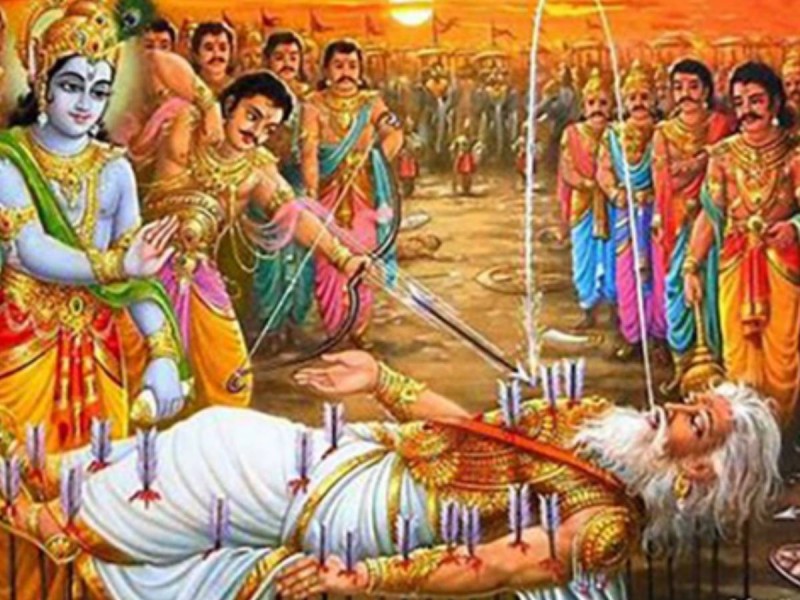
Makar Sankranti, a significant festival in Hinduism, is celebrated nationwide under various names such as Pongal in Kerala and Tamil Nadu, Sankranti in Karnataka, Maghi in Haryana, Uttarayan in Gujarat and Rajasthan, and Uttaraayani in Uttarakhand. In states like Uttar Pradesh and Bihar, it is known as Khichdi or Makar Sankranti.
According to astrology, Sankranti signifies the transition of a celestial body into a different zodiac sign. During Makar Sankranti, the Sun moves from Sagittarius to Capricorn. This celestial event is commonly referred to as Uttarayan. Scriptures consider Uttarayan as an auspicious time for activities like bathing in holy rivers, charity, and religious rituals, believed to bring abundant blessings.
In the Mahabharata, Bhishma Pitamah fought for the Kauravas. Despite being severely wounded by Arjuna's arrows, he chose to wait for the auspicious moment of his departure. Bhishma wished to relinquish his life during Uttarayan when the Sun is in the northern hemisphere. However, due to the arrows' impact, he remained bound for 58 days.
During the Mahabharata war, Bhishma Pitamah, despite being bound by Arjuna's arrows, had the boon of choosing the time of his death. His desire was to leave his mortal coil during the auspicious period of Uttarayan. However, the Sun was in the southern hemisphere when he was struck, requiring him to wait for the Uttarayan phase.
Bhishma Pitamah, having the boon of choosing the time of his death, waited for the opportune moment. When Makar Sankranti arrived and the Sun transitioned to the northern hemisphere, he cast his gaze towards the sky and willingly released his life force. This act symbolizes the significance of Uttarayan in Hindu spirituality.
Makar Sankranti is not merely a harvest festival; it carries profound spiritual significance. The day is considered auspicious for individuals seeking liberation from the cycle of life and death. Just as Bhishma Pitamah attained moksha on this day, it serves as a reminder of the eternal cycle of life and the pursuit of spiritual liberation.
In contemporary times, Makar Sankranti is celebrated with various customs such as flying kites, preparing special dishes, and taking part in religious ceremonies. The festival's essence lies in embracing spiritual values while cherishing the rich cultural heritage associated with it.
Makar Sankranti, rooted in Hindu traditions, goes beyond being a seasonal celebration. It carries the weight of spiritual wisdom, emphasizing the significance of choosing the right time for important life events. As we engage in the festivities, let us not forget the profound lessons embedded in the story of Bhishma Pitamah, teaching us about patience, spirituality, and the pursuit of liberation.
Kia Clavis: Kia Clavis may come to India soon, may get hybrid powertrain
Keep the Lohri Spirit Alive with Savvy Foods and Delightful Recipes